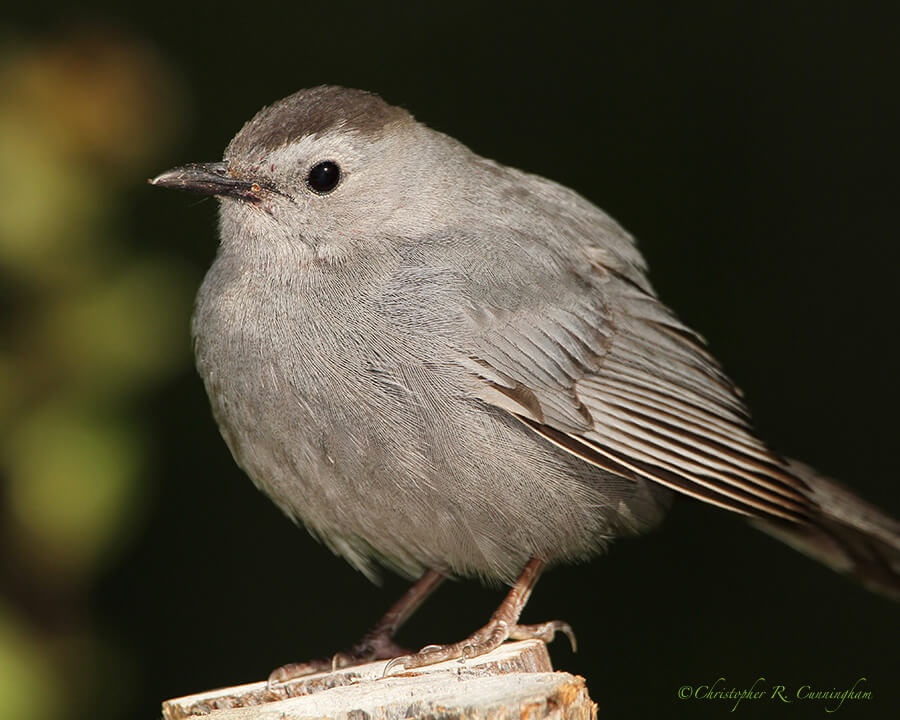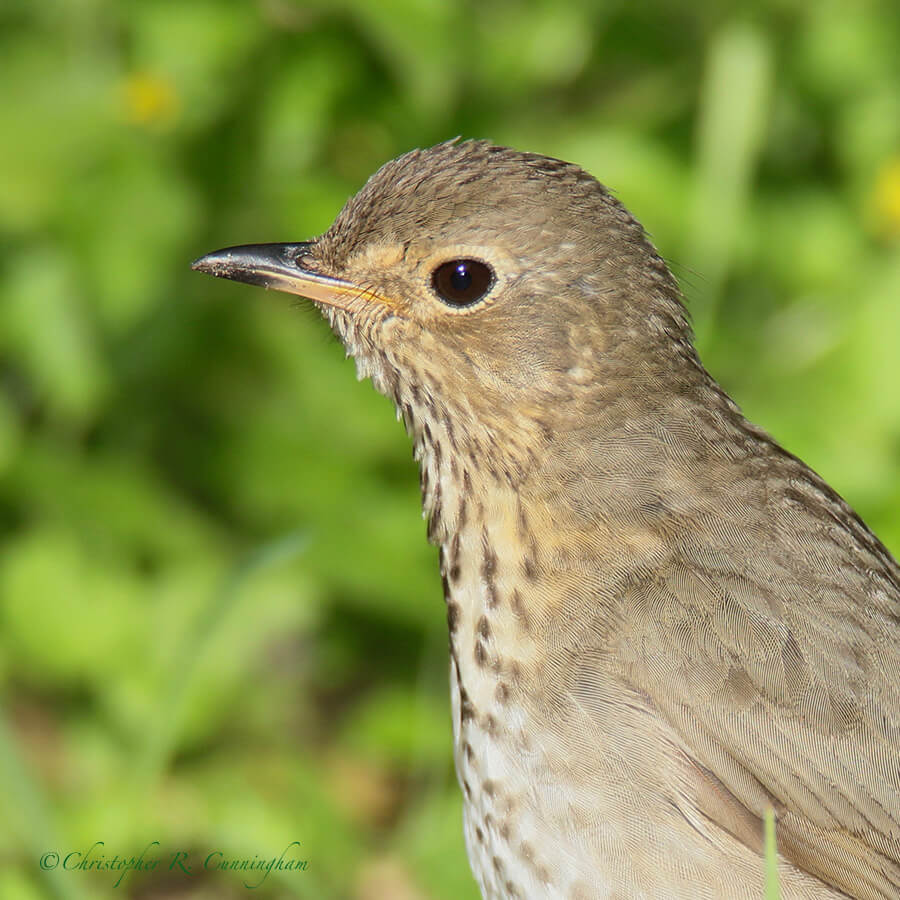Everybody needs beauty as well as bread, places to play in and pray in, where nature may heal and give strength to body and soul. –John Muir

I think of migrant traps as the first quality habitat, usually on barrier islands, visible to birds after their epic flights across the Gulf of Mexico during the spring migration. In fall, these places are the last chance to drink up and fatten up before chasing the sun south for the winter. The best migrant traps have food, water, and cover—the essentials of life for birds. Cover usually means trees, and most of the best and most famous migrant traps are mottes, slightly elevated areas with trees on an otherwise low-lying and exposed mixture of land- and sea-scape. In this new article, I discuss findings and birding adventures in some of our favorite migrant traps from Alabama to the Coastal Bend of Texas.

©2016 Christopher R. Cunningham. All rights reserved. No text or images may be duplicated or distributed without permission.